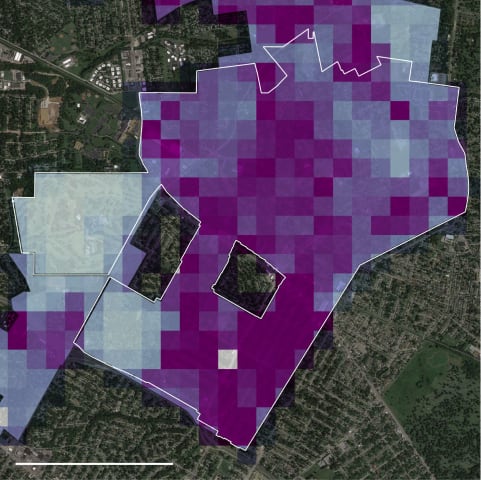Entities
View all entitiesCSETv0 Taxonomy Classifications
Taxonomy DetailsProblem Nature
Specification, Robustness
Physical System
Software only, Other:CCTV Cameras
Level of Autonomy
Medium
Nature of End User
Amateur
Public Sector Deployment
Yes
Data Inputs
photo IDs, names birthdays, and national IDs of people suspected of crimes, camera feed
CSETv1 Taxonomy Classifications
Taxonomy DetailsIncident Number
76
Risk Subdomain
2.1. Compromise of privacy by obtaining, leaking or correctly inferring sensitive information
Risk Domain
- Privacy & Security
Entity
Human
Timing
Post-deployment
Intent
Unintentional
Incident Reports
Reports Timeline

In a national database in Argentina, tens of thousands of entries detail the names, birthdays, and national IDs of people suspected of crimes. The database, known as the Consulta Nacional de Rebeldías y Capturas (National Register of Fugiti…
Variants
Similar Incidents
Did our AI mess up? Flag the unrelated incidents

Predictive Policing Biases of PredPol

Northpointe Risk Models
Similar Incidents
Did our AI mess up? Flag the unrelated incidents

Predictive Policing Biases of PredPol


